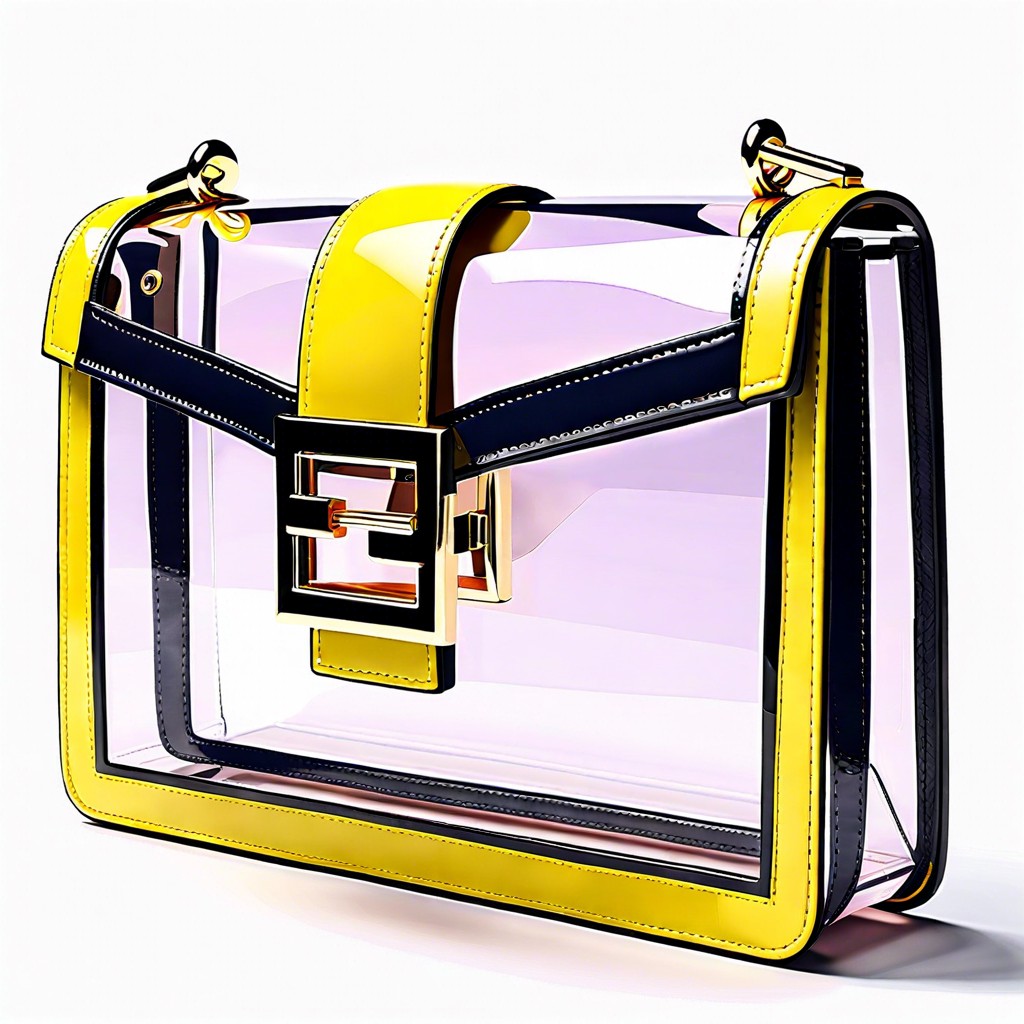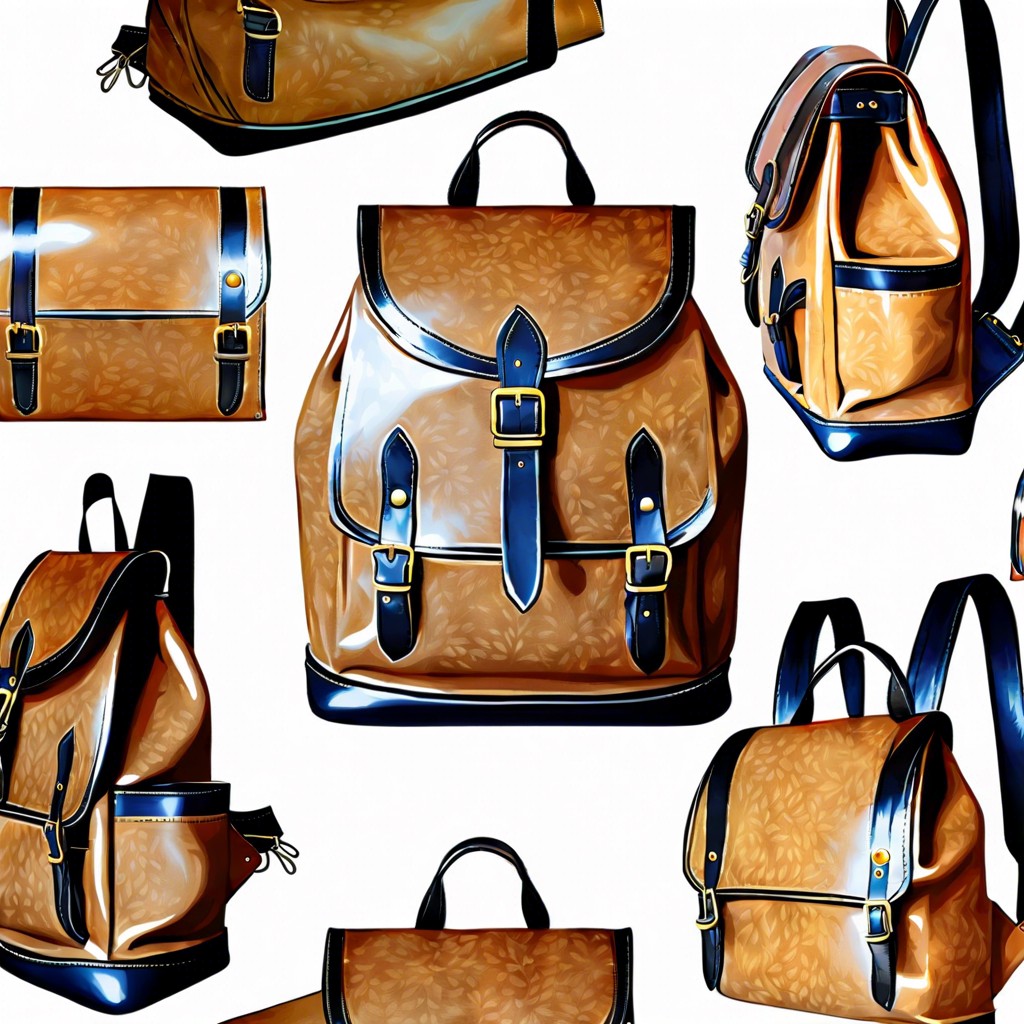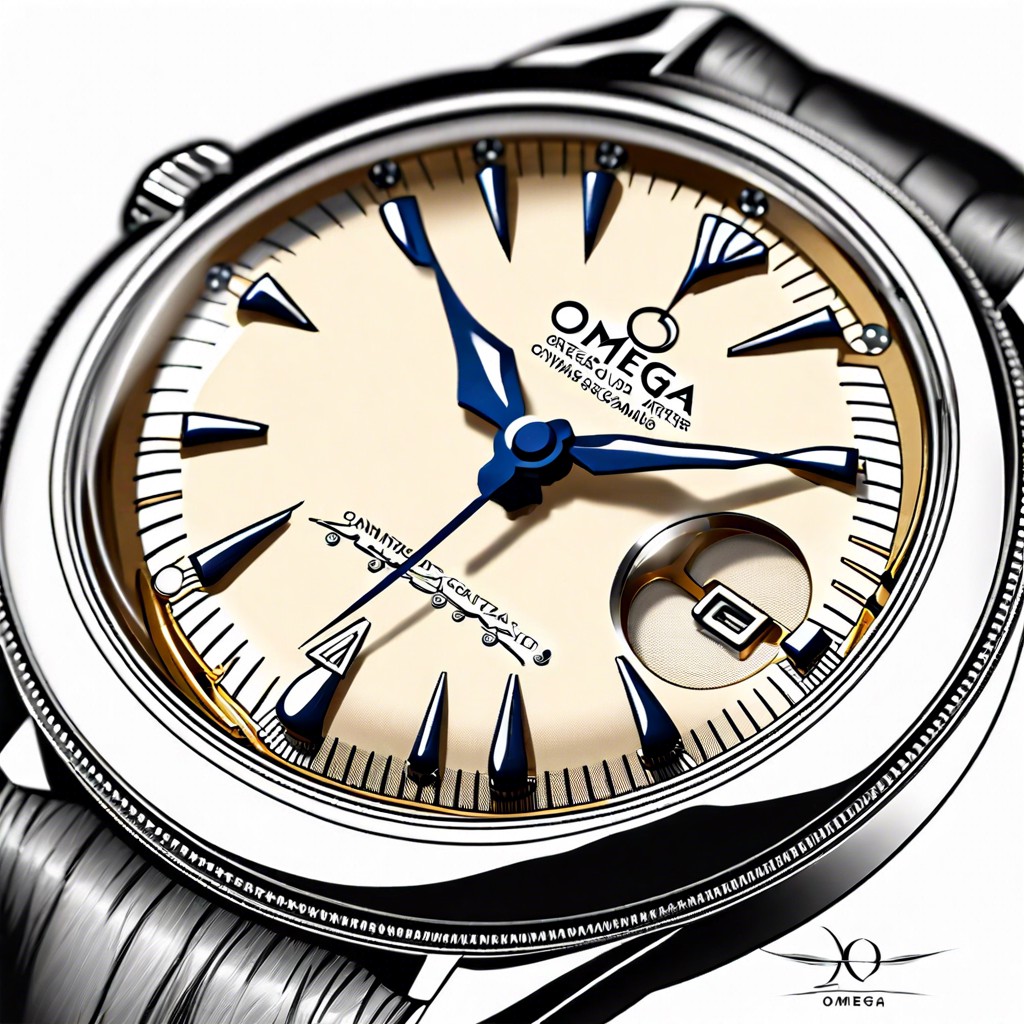Last updated on
This guide will assist you in selecting the best vintage camera for your collection or photography needs by outlining key factors to consider.
Key takeaways:
- Vintage camera types: box, folding, rangefinder, SLR, TLR, instant.
- Iconic vintage camera models: Leica M3, Hasselblad 500C, Nikon F, Rolleiflex TLR, Polaroid SX-70, Canon AE-1.
- Value of vintage cameras: historical significance, craftsmanship, aesthetic appeal.
- Relevance of film photography: hands-on process, unique aesthetic, mastery of craft, educational value, coexistence with digital.
Defining Vintage Cameras

Vintage cameras are typically those produced from the early 20th century through to the 1980s. These devices fall into an era where film was the dominant medium for photography. Collectors and enthusiasts often seek out these cameras for their craftsmanship, design, and the unique photographic qualities they impart. They serve as a testament to the technological advancements and aesthetic sensibilities of their respective periods. Vintage cameras come in various formats, from the ubiquitous 35mm to medium and large format, each offering a different experience and image quality. Their appeal lies not only in their function but also in their historical and aesthetic value, making them prized items for display as well as use.
Types of Vintage Cameras
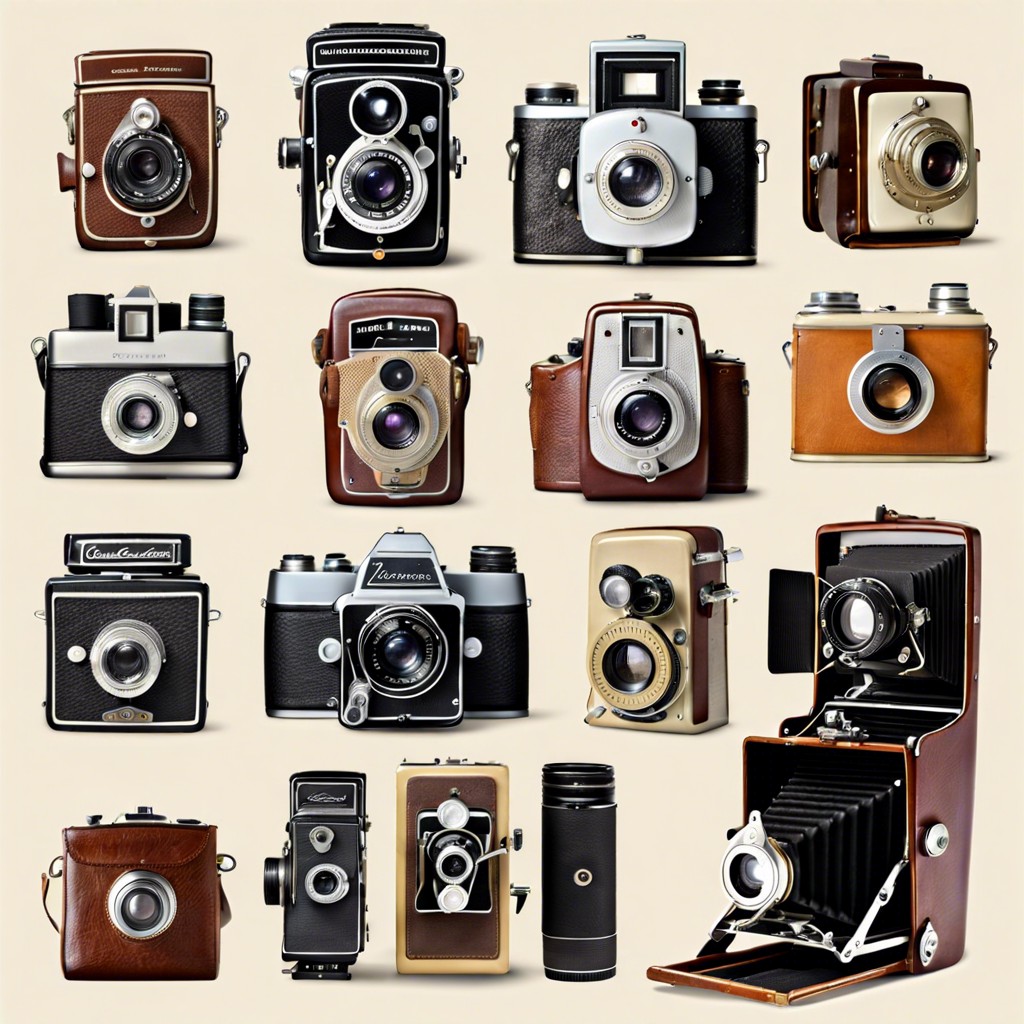
Vintage cameras are broadly categorized by their design, function, and era of production. Box cameras, introduced in the early 1900s, boasted a simple design and were marketed for mass consumption. Folding cameras, with their bellows and ability to collapse for portability, emerged as a popular option for amateurs and professionals alike.
Rangefinder cameras, recognized by the dual viewfinder system used to focus, offered higher precision and dominated the market until the mid-20th century. SLR (Single Lens Reflex) cameras subsequently gained popularity, allowing photographers to see through the lens for an accurate representation of the final image.
TLR (Twin Lens Reflex) cameras, featuring two identical lenses with one dedicated to viewing and the other to exposure, became noteworthy for their waist-level shooting style. Instant cameras, which developed photos on the spot, provided instant gratification and a novel approach to photography.
Each type represents a significant period in the photographic timeline, standing as testament to the innovation and craftsmanship of their respective eras.
Iconic Vintage Camera Models

Leica M3, launched in 1954, revolutionized 35mm photography with its superior rangefinder system and remains a gold standard in engineering and design.
The Hasselblad 500C, introduced in 1957, gained prominence among professionals, particularly noted for its role in NASA’s Apollo missions, capturing stunning images of space.
The Nikon F, debuting in 1959, was Nikon’s first SLR and established the brand as a key player in professional-grade cameras, boasting an extensive system of lenses and accessories.
Rolliflex’s Twin Lens Reflex (TLR) cameras, popular in the mid-20th century, were favored for their precision, reliability, and the distinctive square format photographs they produced.
The Polaroid SX-70, a folding SLR and the first to use Polaroid’s integral instant film, generated a cultural phenomenon with its immediate image production, influencing artistic and consumer photography.
Canon AE-1, released in 1976, made SLR mechanisms accessible to the masses with its affordable pricing and user-friendly automatic exposure modes, contributing to the democratization of photography.
These models not only exemplify innovation and craftsmanship but also continue to be used and admired, underlining their lasting impact on the art and technology of photography.
The Value of Vintage Cameras

Vintage cameras are prized for a combination of historical significance, craftsmanship, and aesthetic appeal. Monetary value fluctuates based on rarity, condition, and brand pedigree. Collectors may pay premiums for cameras with notable provenance or those which represent technological milestones in photography.
Sentimental value enhances appeal; many cherish the tactile experience of shooting with a mechanical device steeped in history. Vintage cameras also serve as decorative pieces, embodying a blend of art and technology that appeals to a wide audience.
Artists and photographers often seek out specific models for the unique quality of images they produce. For instance, the soft focus and vignetting inherent to some vintage lenses are difficult to authentically replicate with modern equipment.
Moreover, a fully functional vintage camera can be a practical investment for those wishing to delve into the roots of photography without the immediacy of digital technology, teaching patience and technique through its operation.
The Relevance of Film Photography Today
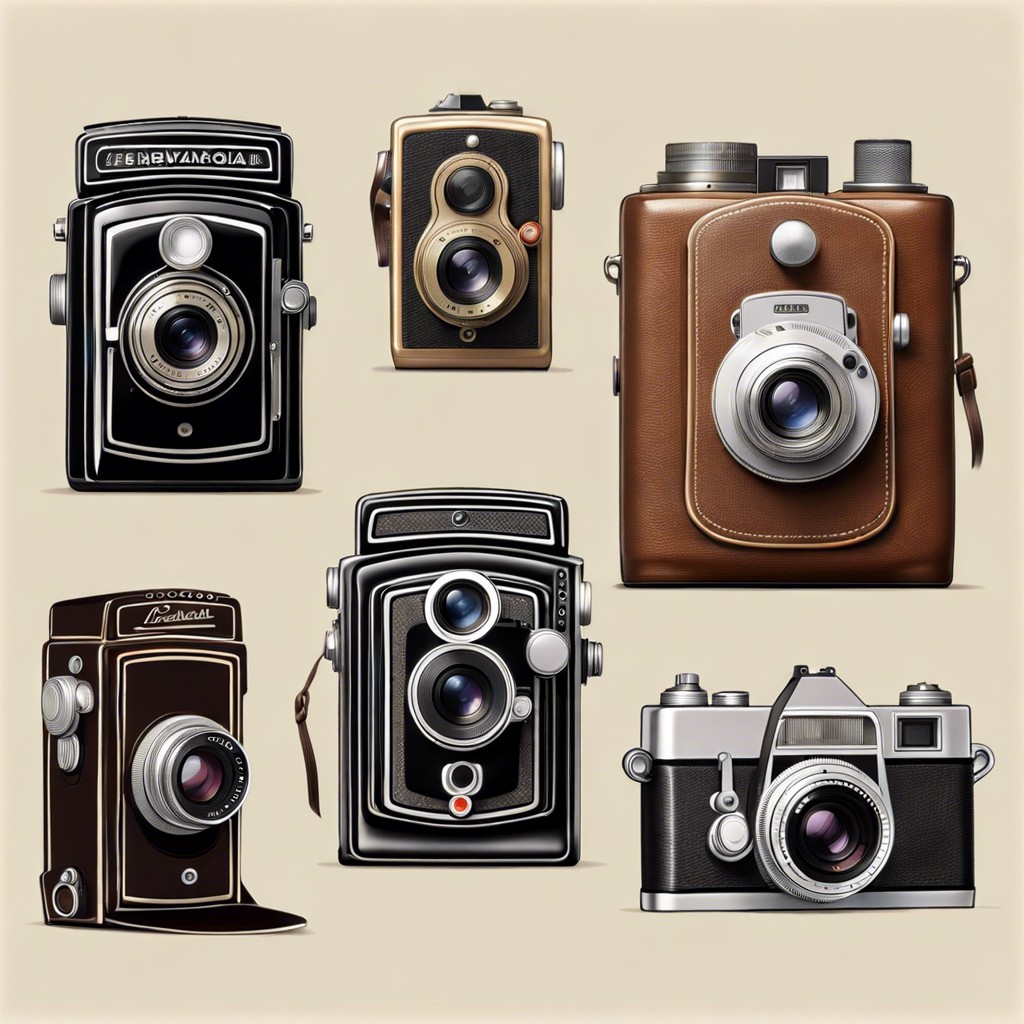
Despite the dominance of digital technology, film photography maintains a dedicated following. Its tangible nature offers a hands-on crafting process that digital cannot replicate. This resurgence is partly driven by a desire to slow down and engage more mindfully with the subject matter.
Moreover, film yields a unique aesthetic, characterized by grain and a depth of color that many find appealing. The imperfections, often deemed as flaws in the digital realm, add character and authenticity to film photographs.
Artists and enthusiasts are drawn to film’s unpredictability. It demands a mastery of the craft, as there are no instant previews. The anticipation and excitement of developing photos are part of film’s magic.
In educational settings, film cameras are invaluable teaching tools. They help students understand the rudiments of exposure, composition, and the interplay of light and chemistry.
Collectors and hobbyists revel in the historical significance of vintage cameras. These devices are links to the past, preserving the technology and artistry of bygone eras.
The film also has a role in professional domains. Certain photographers and clients prefer film for its high dynamic range and resolution, which, especially in medium and large formats, can surpass digital sensors.
Hence, film photography today is not about rivalry with digital but rather about coexistence, where each medium offers distinct experiences and advantages.

